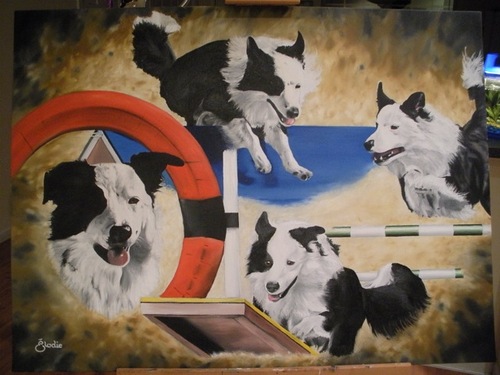The rewards of forming a non-profit
 Friday, February 15, 2013 at 03:00PM
Friday, February 15, 2013 at 03:00PM This edition's Life as a Vet Student topic:
'Each day the veterinary profession becomes less national and more global. The AVMA states, "In recent years the AVMA has turned to the global stage to advance its strategic goals, particularly in the areas of animal welfare and veterinary education, and has worked hard to ensure that the U.S. veterinary profession's voice is heard in international settings."
Are you interested in global health? How have you contributed or plan to contribute in international veterinary medicine?'
Winner, Life as a Vet Student Category
David Kim, UC Davis
As I walked along the dirt road, telling people in my broken Spanish that International Veterinary Outreach (IVO) was having a free animal clinic today at the local community center, I thought about my last experience here. This past December, we arrived in Jiquilillo and Padre Ramos, two rural fishing villages on the northwest coast of Nicaragua for our first trip to provide free veterinary care, and we had now returned during the summer. As I told the natives about our clinic, I saw a bemused look on many faces, and I knew what I looked like, a chinito gringo trying to speak their tongue. But I didn’t care. It felt good to be back.
 501(c)(3),
501(c)(3),  IVO,
IVO,  UC Davis,
UC Davis,  non-profit in
non-profit in  Life as a Vet Student
Life as a Vet Student 





